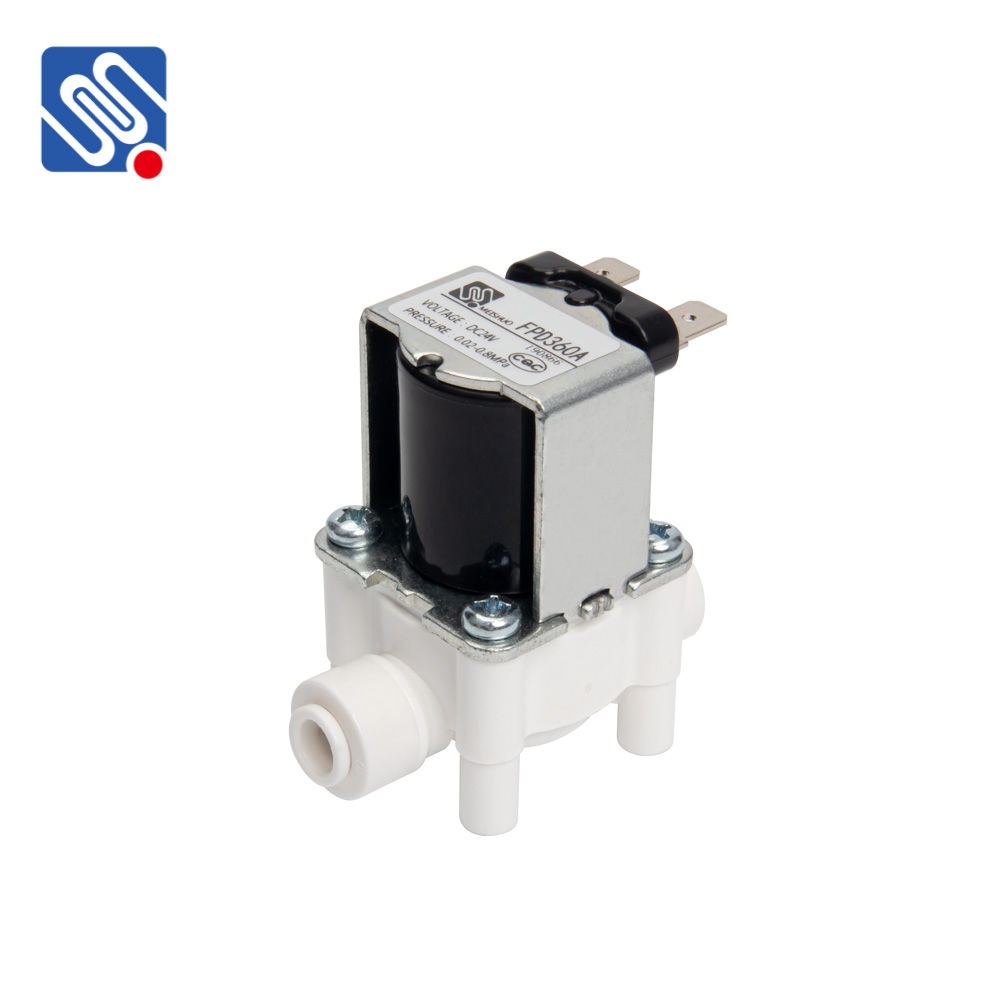The PP Solenoid Valve, a critical component in various fluid control systems, plays a vital role in regulating the flow of liquids and gases. This valve, made from polypropylene (PP), is renowned for its superior chemical resistance, durability, and versatile application in a range of industries. In this article, we will delve into the fundamental working principles, advantages, and diverse uses of PP Solenoid Valves, shedding light on why they are an essential tool in modern automation and fluid management systems.

What is a PP Solenoid Valve? A solenoid valve is an electromechanical valve used to control the flow of a fluid or gas. It works by using an electrical current to create a magnetic field, which then opens or closes the valve. The “PP” in PP Solenoid Valve stands for polypropylene, a thermoplastic polymer known for its resistance to corrosion, high chemical stability, and high tensile strength. These valves are typically used in applications where fluid control is essential, and the environment demands resistance to aggressive chemicals or extreme conditions. The main components of a PP solenoid valve include the solenoid coil, the plunger, and the valve body. When an electric current passes through the solenoid coil, a magnetic field is generated that attracts the plunger, causing the valve to open or close, thereby controlling the flow of fluid or gas.